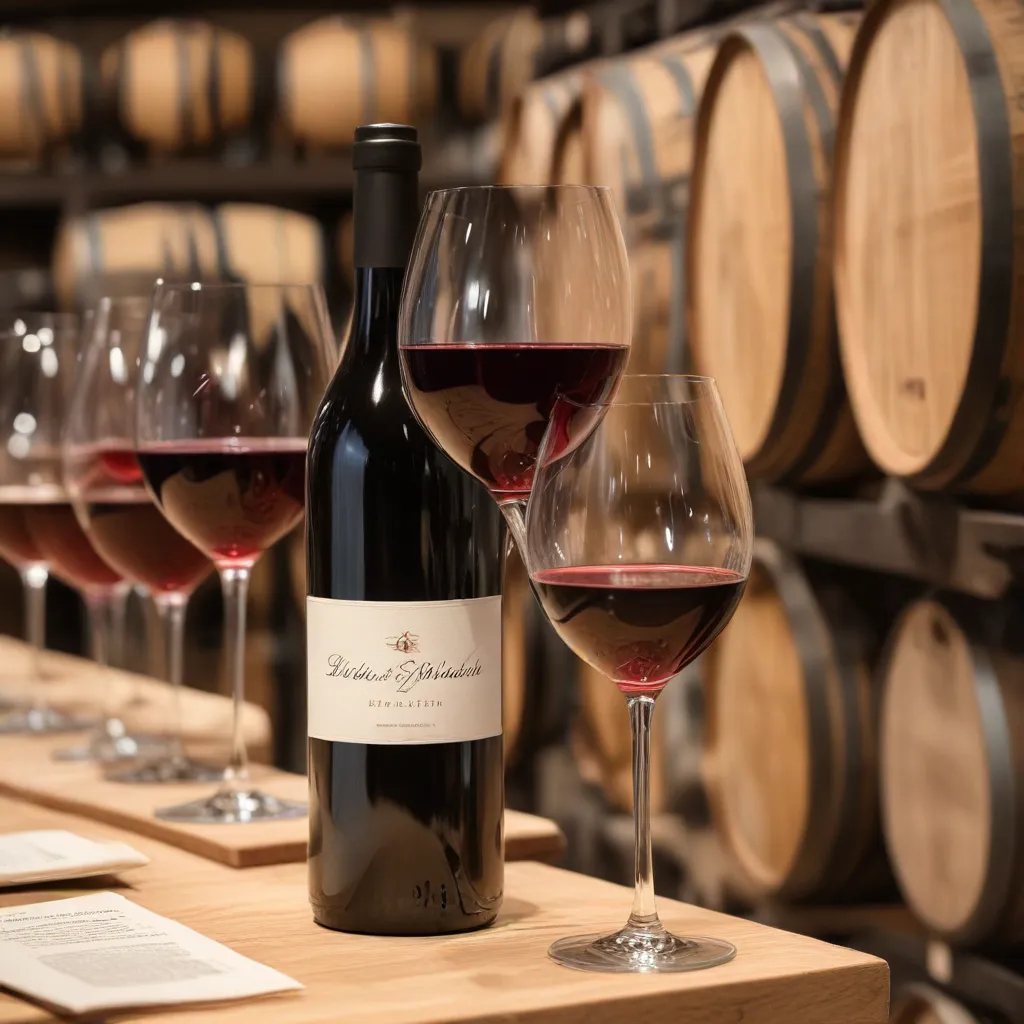
In the captivating world of winemaking, the art of blending stands as a testament to the vintner’s mastery. Beyond the singular expression of individual grape varieties, the symphony of flavors, aromas, and textures that emerge from the harmonious marriage of different wines is a true delight for the senses.
This exploration delves into the heart of wine blending — a practice with deep historical roots and an ever-evolving present. From the chemistry behind the blend to the artistic choices made by winemakers, we embark on a journey to understand the delicate balance that transforms grape varietals into exquisite expressions in the glass. Welcome to the enchanting realm of wine blending, where science meets art, and every sip tells a story.
Wine Varietals
At the foundation of exceptional blended wines lies a rich tapestry of grape varieties, each contributing unique characteristics to the final product. Understanding the nuances of these individual grapes is crucial for winemakers to craft harmonious and captivating blends.
Grape Varieties
Common Wine Grapes: Cabernet Sauvignon, Merlot, Chardonnay, Sauvignon Blanc, Pinot Noir, Syrah, Riesling — these well-known varieties form the backbone of many renowned wine regions, each imparting distinct flavors, aromas, and structural elements.
Uncommon Wine Grapes: Beyond the familiar, winemakers also explore lesser-known grape varieties, such as Petit Verdot, Mourvèdre, Viognier, and Nebbiolo. These “supporting cast” members often bring unexpected depth, complexity, and regional flair to blended wines.
Blending Techniques
Winemakers employ various techniques to masterfully combine these grape varieties, each method serving a specific purpose:
Coupage: The simple blending of two or more wines to create a harmonious whole, often used to balance acidity, tannins, or alcohol levels.
Assemblage: A more complex approach, where winemakers carefully select and proportion individual wine lots to craft a specific flavor profile and style.
Cuvée: The blending of multiple grape varieties, sometimes from different vintages or vineyards, to produce a signature house-style wine.
Wine Production
The art of blending in winemaking extends beyond the mere combination of grape varietals. It is a holistic approach that encompasses the entire winemaking process, from vinification to maturation.
Vinification
Fermentation: Winemakers may ferment individual grape varietals separately, allowing them to develop distinct characteristics before blending. This “microvinification” approach offers greater control and flexibility in the final composition.
Maturation: The aging of individual wine lots, often in oak barrels, allows winemakers to evaluate and refine the components before blending. This stage is crucial for understanding the evolution and integration of flavors.
Winemaking Practices
Maceration: The process of allowing the grape skins, seeds, and stems to interact with the must (the crushed grape juice) can profoundly influence a wine’s color, tannins, and aromatic profile — key considerations in blending.
Oak Aging: The judicious use of oak barrels, whether new or used, can lend nuanced layers of vanilla, spice, and structure to the final blend, seamlessly harmonizing with the fruit characteristics.
Wine Styles
The art of blending extends across a diverse range of wine styles, each region and winemaker putting their unique stamp on the final product.
Red Wine Blends
Bordeaux-style Blends: Originating from the renowned Bordeaux region in France, these blends typically feature a combination of Cabernet Sauvignon, Merlot, Cabernet Franc, Petit Verdot, and Malbec. The result is a complex, age-worthy wine with a harmonious balance of structure, fruit, and elegance.
Rhône-style Blends: Hailing from the Rhône Valley in France, these blends often showcase Syrah, Grenache, and Mourvèdre, sometimes with the addition of Viognier. The interplay of these varieties creates wines with bold, spicy, and well-structured profiles.
White Wine Blends
Alsatian-style Blends: Inspired by the Alsace region of France, these blends may feature a harmonious combination of Riesling, Gewürztraminer, Pinot Gris, and Muscat. The result is a symphony of aromatics, minerality, and textural complexity.
Meritage-style Blends: A New World interpretation of Bordeaux-style blends, Meritage wines typically showcase a blend of Cabernet Sauvignon, Merlot, Cabernet Franc, Petit Verdot, and sometimes Malbec. These wines often exhibit a more fruit-forward approach while maintaining structural integrity.
Exceptional Wine Blends
The art of blending has captivated winemakers across the globe, leading to the creation of some of the most renowned and sought-after wines. Let’s explore a few examples that showcase the mastery of this craft.
Old World Inspirations
Chianti: The iconic Chianti blends from Tuscany, Italy, typically feature a predominance of Sangiovese, often complemented by Canaiolo, Colorino, and Cabernet Sauvignon. These wines exemplify the harmony of tradition and innovation, with each vintage telling a unique story.
Valpolicella: Hailing from the Veneto region of Italy, Valpolicella blends traditionally include Corvina, Rondinella, and Molinara. The result is a complex, medium-bodied red with vibrant acidity and a spectrum of red fruit flavors.
New World Innovations
Meritage: This distinctly American term, coined in the 1980s, refers to Bordeaux-style blends produced outside of France. Wineries in California, Washington, and other New World regions have embraced the art of Meritage, crafting unique expressions that showcase their terroir and winemaking prowess.
Proprietary Blends: Inspired by the Old World but with a distinctly New World flair, many wineries have developed their own proprietary blends, often featuring a unique combination of grape varieties. These wines are a testament to the winemaker’s creativity and the region’s potential.
As we delve into the captivating world of blended wines, it becomes evident that the art of blending is a constantly evolving practice, where tradition and innovation seamlessly intersect. Whether exploring the classic elegance of Bordeaux or the bold experimentations of the New World, each sip is a testament to the winemaker’s mastery and the enduring legacy of this enchanting craft.
